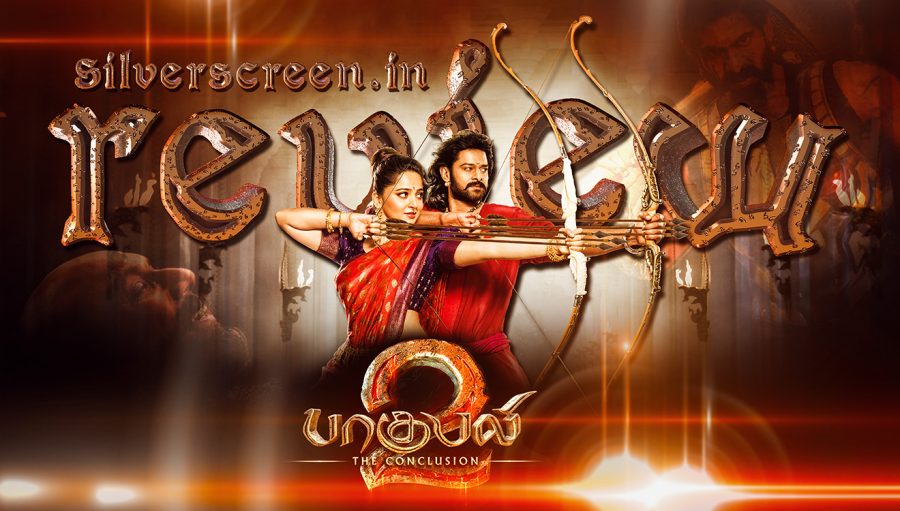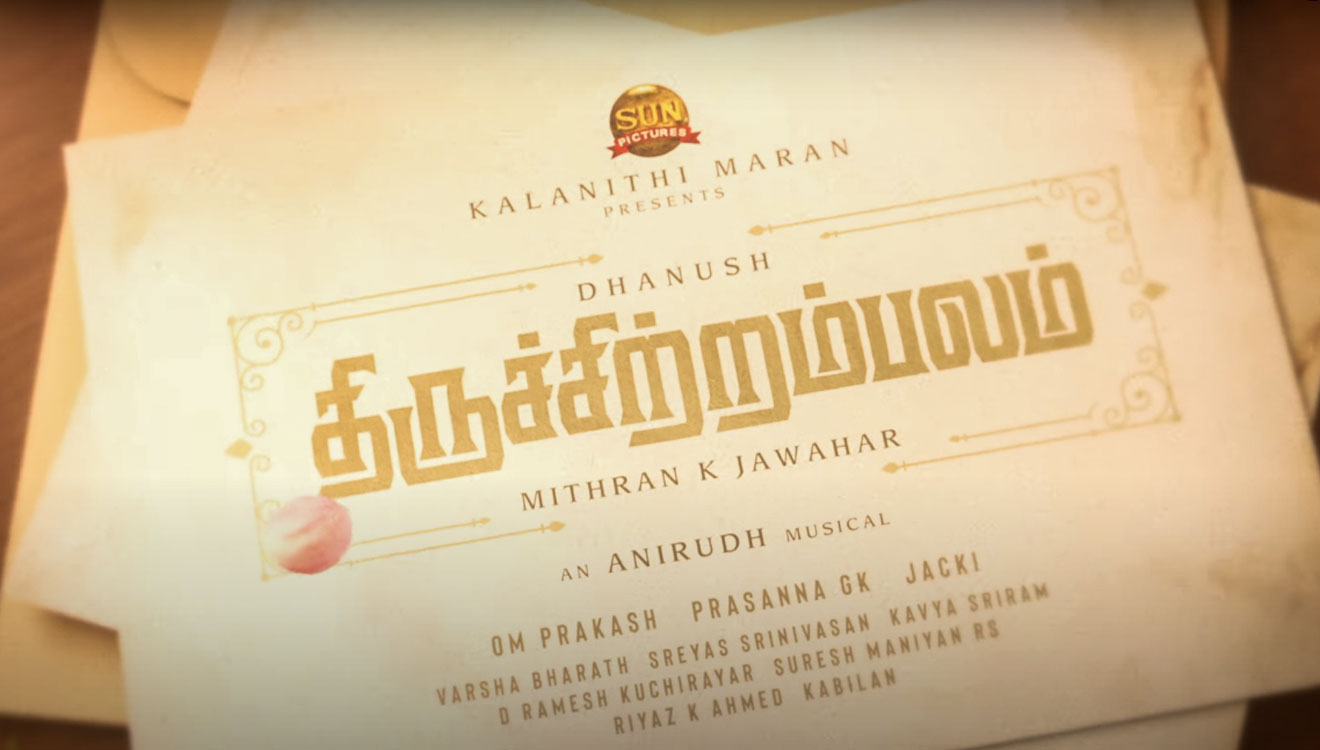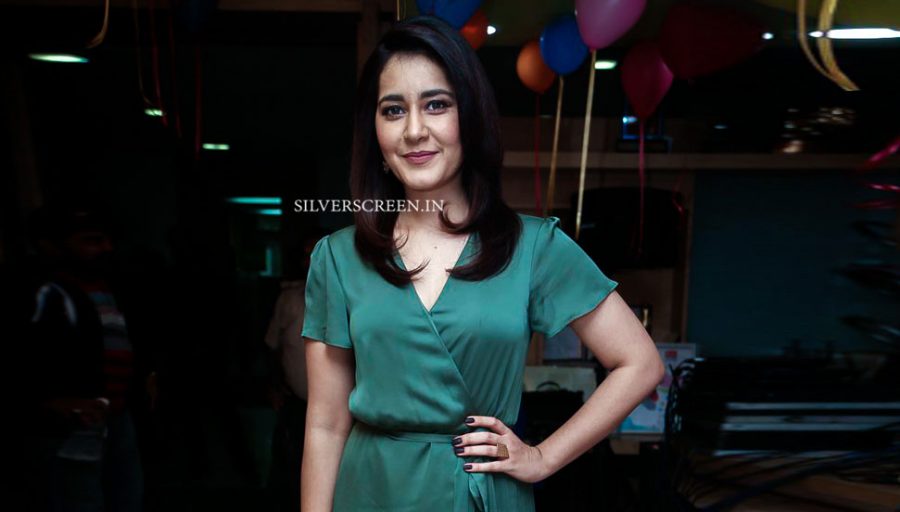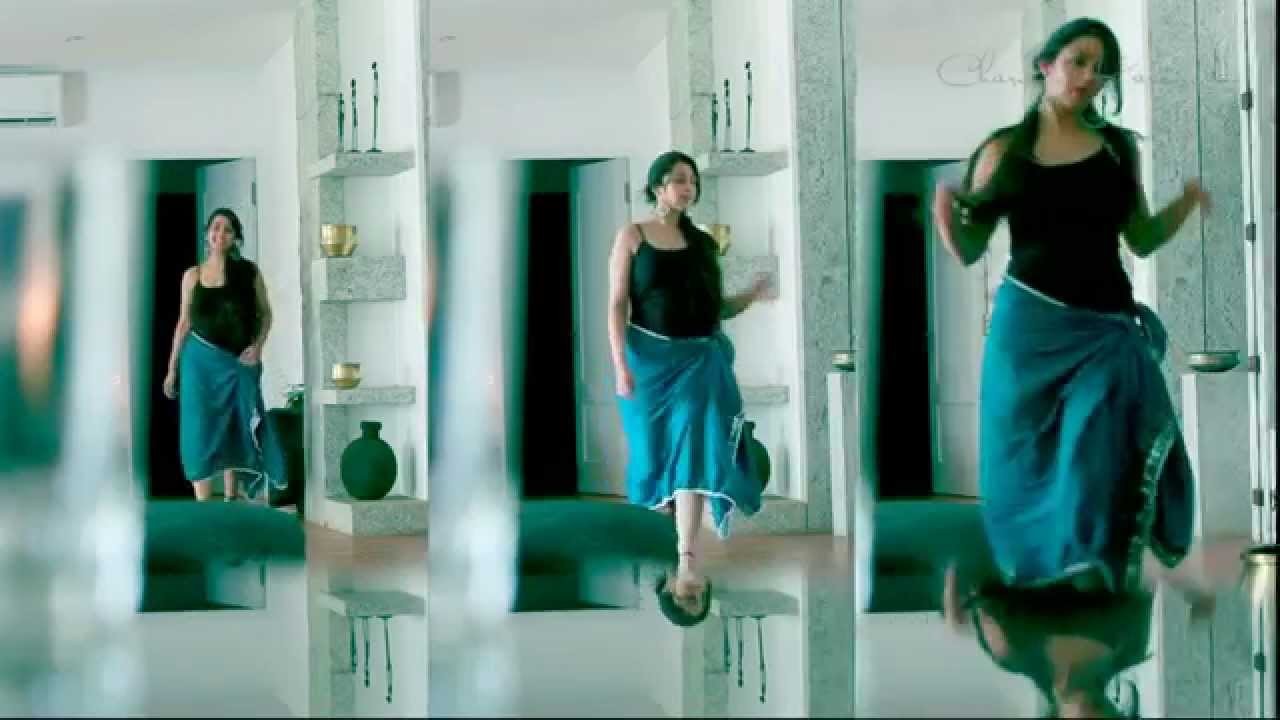Baahubali 2, The Conclusion begins much like the beginning did. The Godmother is walking to a destination that is sacred, a pot of fire on her head. One misstep, just one, is a bad omen. People cheer her along the way. The camera focuses on her feet. Step. Step. Step.
An elephant loses it just then. It runs amok, throwing people around. Screams. Thud, thud. It approaches her. She is walking still. And then, the hero intervenes. He takes care of the elephant, and she is still walking.
Much like Baahubali, The Beginning, director SS Rajamouli and writer Vijayendra Prasad sprinkle the movie with these little vignettes, neat short stories with beginnings and ends. Like turning a simple walk into a heart-thumping fight with elephants.
*****
Like Baahubali, The Beginning, the two male leads like to lift various heavy objects. An entire chariot, trees, pillars and rocks. They also break unbreakable looking things with their bare hands. Like a monument made out of solid rock.
*****
The plot carries from where it left off, when Amarendra Baahubali, played by Prabhas, is a young prince anointed by his adopted mother to lead the kingdom of Mahismati. His cousin, Bhallaladeva (Palvaaldevan in Tamil) is furious that he was passed over for the throne, but he holds his emotions in check. Holding emotions in check is a particular specialty of Rana Daggubati, the actor that plays Bhallaladeva, so he aces this role, always looking like a man trying to spot a faraway object without a telescope.
Soon-to-be-king Baahubali spots a beautiful princess in a faraway kingdom, and the princess is in trouble. Her convoy is being attacked, and the princess does what princesses in this franchise do: she picks up her sword and machete, and fights.
Anushka Shetty’s Devasena is the best written character in the movie, and she puts in a typically competent performance. Devasena is feisty and opinionated, and she will speak her mind, consequences be damned. She can fight a good fight, learn to shoot three arrows at once in the time it takes you to say Bhallaladeva and she won’t be broken by years of torture. She walks with a severed head in her hand, and will sever hands if they try to mess with her.
Sathyaraj’s Kattappa (him that killed Baahubali in the first part), turned out to be almost as popular as the leads the last time around. The character is uni-dimensional and witless, and gets almost as much screen time as the leads. It is a little tiring, even when the director tries to use the seriousness of the character to elicit some humour.
Nasser, sporting a genie-like droopy mustache, returns as the treacherous dad of Bhallaladeva, perfectly at home in a role that he has had years of training for.
It is the women that outshine the men with their performances: Anushka Shetty matches the ageless Ramya Krishnan (who plays the Godmother) word for word, gesture for gesture. The Baahubali franchise will be remembered for its stunning imagination and beautiful visuals, but it should also be recognised for portraying its heroines with grace and valor.
*****
The battlefield scenes, a highlight of the first movie, continue to amaze in this version. Not for the visual effects (they are middling), but for imagination and resourcefulness. In one sequence, a dam is diverted to wash away the attackers, and in another a palm tree is bent to be used as a human launcher.
The music continues to disappoint; the background score a mishmash of old tropes and the songs forgettable. It is puzzling that a film with global ambitions continues to use MM Keeravani; nothing in the composer’s track record would suggest he has the ability to compose for a canvas as large as Baahubali.
Recommended
The visuals are beautiful and the framing is gorgeous (and rather grand), yet the sense of wonderment that filled the viewer during the first part is absent. In its place, familiarity sets in. The massive palace, the enormous statue that flanks the town square, the rivers and the waterfalls: they fade into the background this time around.
SS Rajamouli knows that, though. That is why this time around, he spends far less time lingering on the world he created and more time on the characters and their conflicts.
And trying to unravel why the loyal Kattappa killed Baahubali.
*****
Baahuali, The Conclusion review is a Silverscreen original article. It was not paid for or commissioned by anyone associated with the movie. Silverscreen.in and its writers do not have any commercial relationship with movies that are reviewed on the site.



